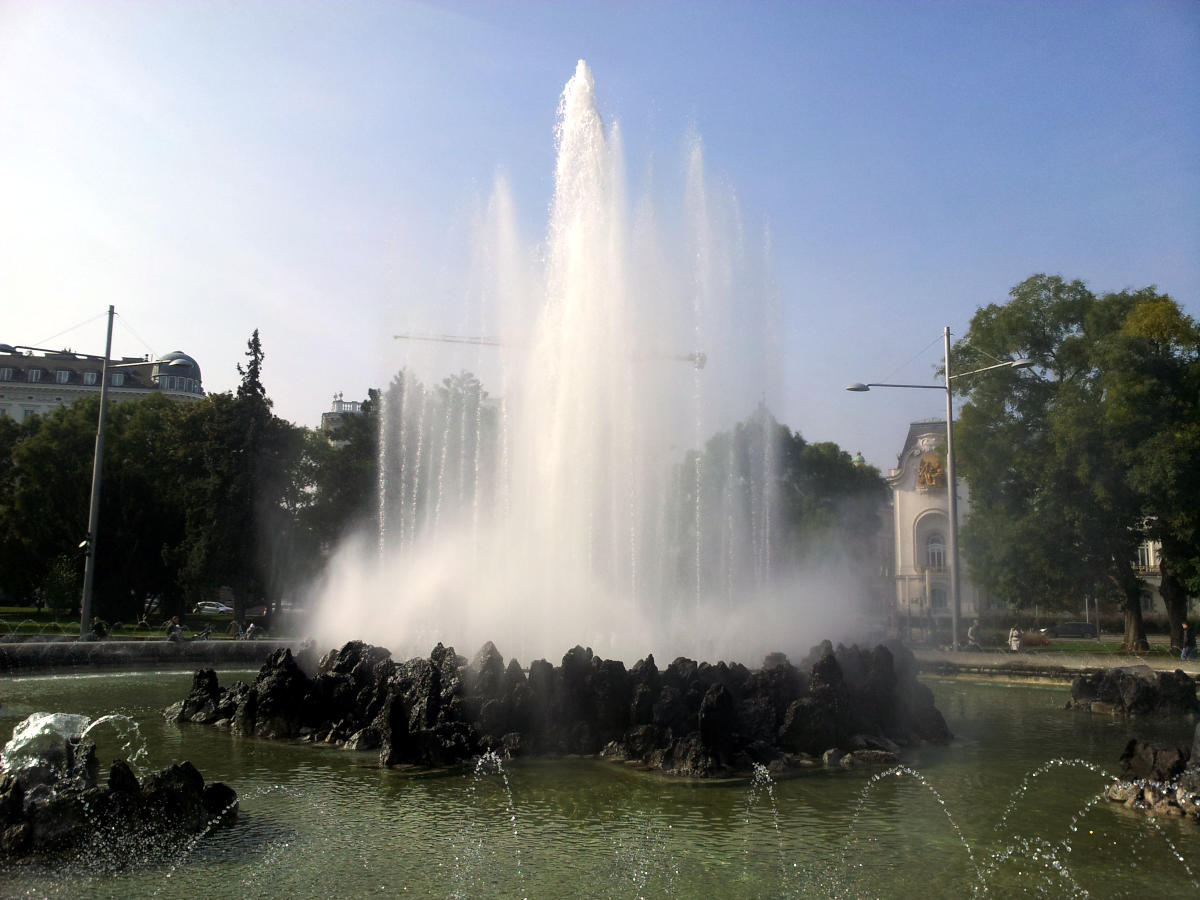Citrine: The Radiant Yellow Gemstone
Citrine, with its vibrant yellow hue, is a semiprecious gemstone that exudes warmth and radiance.

Known for its sunny color and energetic properties, this gemstone carries a fascinating history and continues to be cherished today. Let us delve into the scientific specifications, origins, mining practices, and historical significance of citrine.
Scientific Specifications and Origin
Citrine is a variety of quartz that owes its sunny yellow color to traces of iron within its crystal lattice. It ranges in shade from pale yellow to deep golden tones. Unlike some other gemstones, citrine is relatively rare in its natural form, with most citrine in the market being heat-treated amethyst or smoky quartz.
The formation of citrine is associated with hydrothermal processes that occur in the Earth's crust. It is often found in association with amethyst, smoky quartz, and other quartz varieties. The yellow coloration of citrine is believed to be the result of heat and irradiation from nearby volcanic activity or natural radiation sources.
Main Sources and Modern Mining
Significant sources of citrine include Brazil, Bolivia, Madagascar, Russia, and the United States. Brazil, in particular, is renowned for its large deposits of natural citrine. Citrine is also found as a byproduct of amethyst and smoky quartz mining.
In modern mining practices, citrine is typically extracted through open-pit or underground mining methods. Deposits are identified through geological surveys and exploration, and miners employ various techniques to extract the gemstone-bearing rock. The extracted material undergoes sorting, cutting, and polishing processes to transform it into the dazzling citrine gemstones we see in jewelry.
Historical Significance
Citrine has a storied history and holds significance in various cultures. It has long been associated with abundance, prosperity, and success. Ancient civilizations believed that citrine carried the power of the sun, bringing warmth, vitality, and positive energy into the lives of those who possessed it.
Throughout history, citrine has been treasured as a talisman for merchants and traders, believed to attract wealth and prosperity. It has also been recognized for its ability to dissipate negative energy and promote optimism and creativity. Citrine's warm yellow hue has made it a popular choice for jewelry, particularly in birthstone jewelry and as a symbol of November birthdays.
In conclusion, citrine's scientific specifications, origins, mining practices, and historical significance contribute to its allure as a semiprecious gemstone. Its radiant yellow color, reminiscent of sunshine and joy, along with its reputed metaphysical properties, make citrine a sought-after gemstone for both its beauty and positive energy.
More about gemstones
Newest Shenanigans
 | The Enchanting Ways of Austria Austria boasts a breathtaking tapestry of landscapes, from the soaring peaks of the Alps to the rolling hills of the wine regions. |
 | 12 must-see attractions in Vienna, Austria There is never enough time to fully discover and appreciate a historic capital like Vienna, but we can try. So here is a list of 12 must-see attractions in Vienna. |
 | 12 must-see attractions in Graz, Austria If you have time on your hand, I recommend to discover Graz by yourself. But time is tricky to come by these days, so here is a list of 12 must-see attractions in Graz, Austria. |
 | 12 must-see attractions in Salzburg, Austria Like most places on our planet, Salzburg is a city you need time to fully discover and appreciate. However, time is always hard to come by these days. So here is a list of 12 must-see attractions in Salzburg. |
 | Some museums to visit in Salzburg Salzburg is a city rich in culture and history, so naturally it features many interesting museums. By all means, the list is not complete, but I try to add the small museums too. |
 | 12 must-see attractions in Innsbruck, Austria Of course the best way to discover a city rich in culture and history like Innsbruck would be to spend a lot of time there. But since time is often an issue, here are 12 must-see attractions in Innsbruck, Austria. |
 | 12 must-see attractions in Linz, Austria For us people of Salzburg, Linz is just a short hop away by train - so we can visit often. If you are short on time however, here are 12 must-see attractions in Linz, Austria. |
